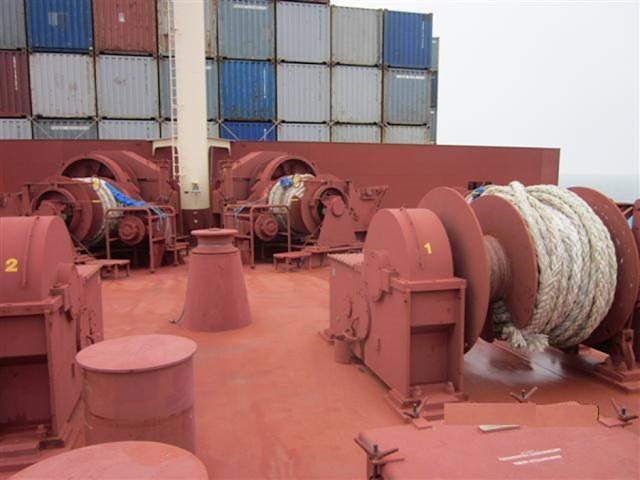# 31 Do’s and Don'ts For Efficient Boiler Operations On Ships

Marine boiler is one of the most easy-to-operate systems on board ships. Though most of the mariners will agree to this, they also know that it’s a complex machinery which requires highest standards of safety precautions and correct operating procedures. Accidents on board ships involving marine boiler has caused severe damage to the property and even claimed human lives in the past. Mariners know the dangers of high temperature steam and therefore do not take any chances when it comes to operation and maintenance of boilers. According to an analysis, one of the main reasons behind accidents are improper operating procedures and overriding safety precautions while operating boilers. The main concern of any ship engineer is to operate all engine room machinery and systems to achieve maximum efficiency without hampering it’s operating life and safety measure. When it comes to marine boilers , the steam demand is the main criteria of operating a boiler at a given load. It is







